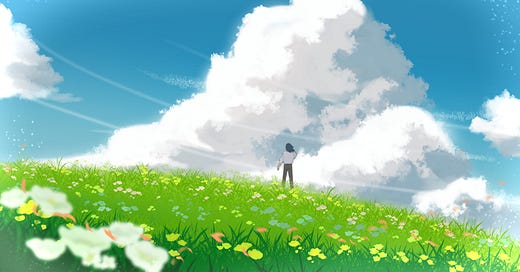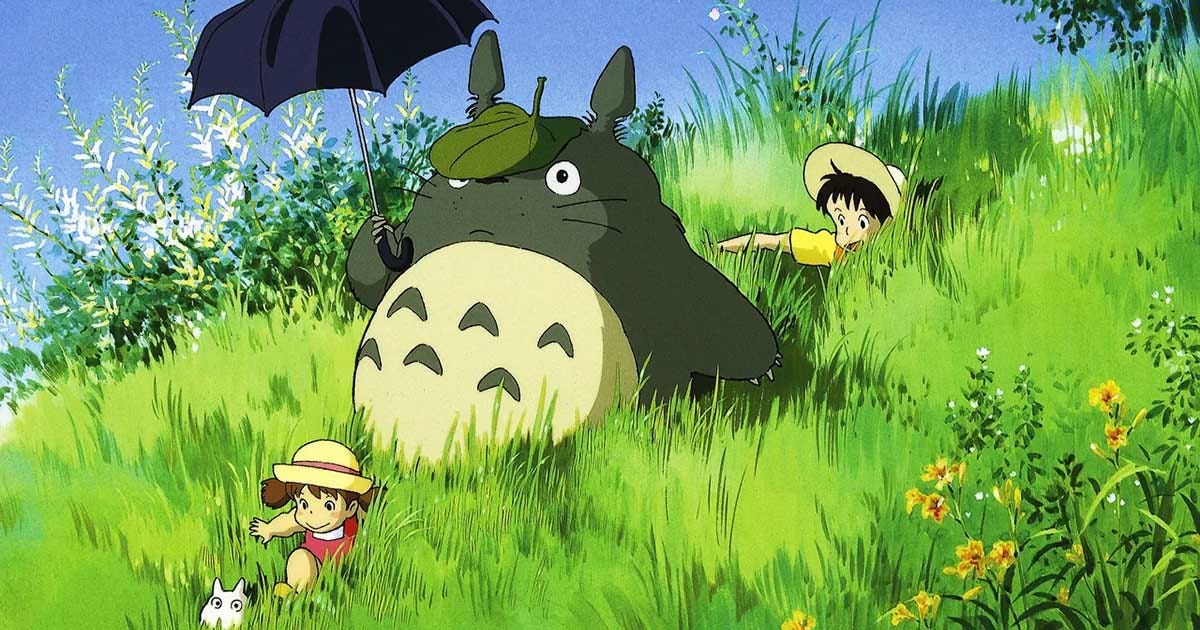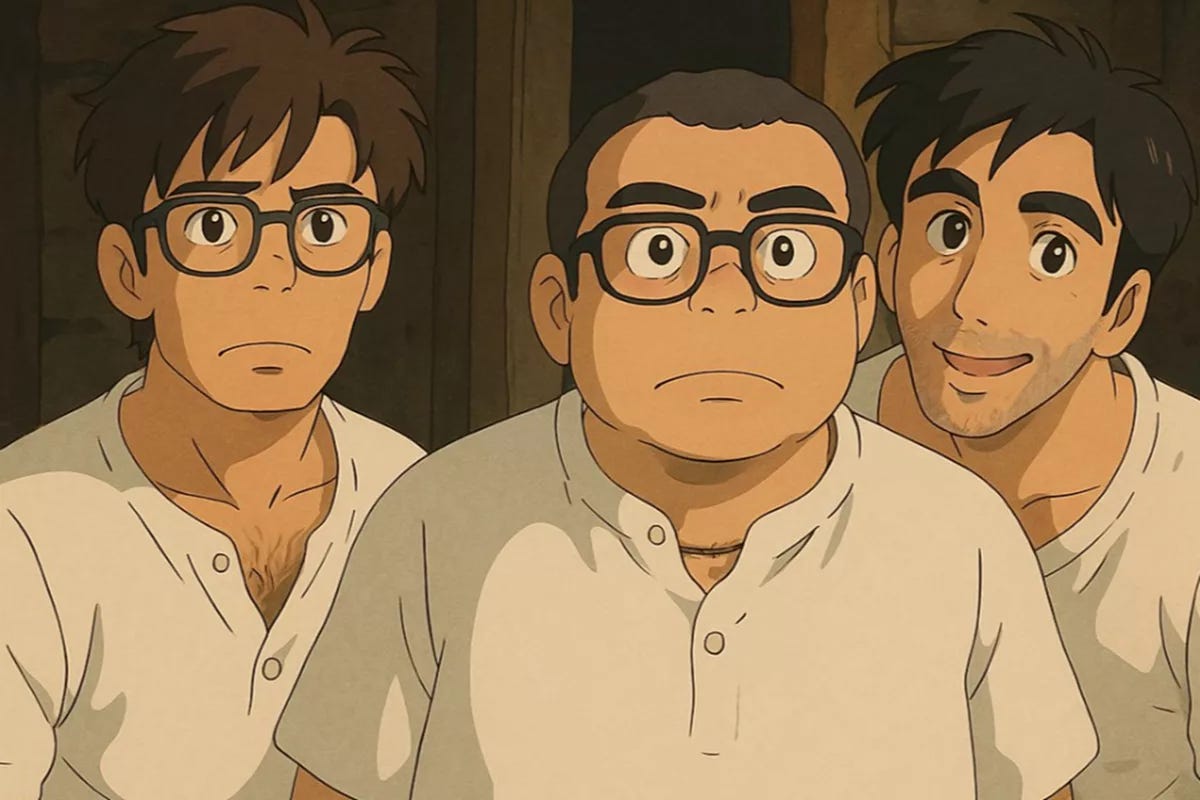Ghibli Style: The Internet’s Latest Obsession with Nostalgia and Vibes
How Studio Ghibli’s Magic Became the Aesthetic Craving of a Burnt-Out Generation
The Ghibli Aesthetic: What Even Is It?
If you've ever looked at a soft, painterly landscape bathed in golden light and thought, *“Wow, I’d like to live in that,”
Congratulations, you’ve fallen for the Ghibli aesthetic.
Born from the legendary Studio Ghibli, founded in 1985 by Hayao Miyazaki and friends, this style is all about whimsy, warmth, and a deep existential crisis wrapped in cute visuals. Think hand-painted backdrops, cozy villages, magical realism, and food that looks so good you’d sell your soul for a single bite.
Ghibli's art direction isn’t just animation—it’s a mood, a lifestyle, a fever dream where everything is beautiful, and yet, you're slightly sad for reasons unknown.
When Did the World “Discover” Ghibli Style?
(Spoiler: It Didn’t)
Despite what Reels wants you to believe, the Ghibli aesthetic has been around for decades. Miyazaki films like My Neighbor Totoro (1988), Spirited Away (2001), and Howl’s Moving Castle (2004) set the gold standard for cozy escapism long before Gen Z started calling everything “vibes.”
But recently? Ghibli-core has exploded.
AI-generated Ghibli-style images are flooding social media, illustrators are painting their morning coffee in soft watercolors, and every other influencer is sharing how to “live a Ghibli life” (which apparently involves foraging and wearing flowy dresses). Even big brands are catching on, with some slapping “Ghibli-inspired” visuals onto their marketing like it’s a magic spell.
Why Is It Trending Now?
Because reality is ugly.
Between economic crises, tech burnout, and whatever fresh dystopia the news serves up daily, people are starved for a little softness. The Ghibli aesthetic offers an escape—one where everything is beautifully detailed, time moves slower, and even the rain looks poetic instead of just wet and inconvenient.
And let’s not ignore the AI factor. New AI tools can now generate Ghibli-style art with a single prompt, making it easier than ever to flood the internet with whimsical nostalgia. Purists may scream, but the fact remains: Ghibli-core is now democratized.
My Two Cents: Is This a Good Thing?
Honestly? Yes and no.
On one hand, it’s fantastic that more people appreciate the beauty of hand-crafted visuals and slow, intentional storytelling. If this trend means more hand-drawn art, soft palettes, and appreciation for small moments—great! But what if it turns into another aesthetic buzzword, doomed to be slapped onto every coffee shop ad and Pinterest board until it’s meaningless? That’s a tragedy worthy of a Miyazaki monologue.
At the end of the day, Ghibli style isn’t just about looking pretty. It’s about feeling deeply. And if this trend inspires even one person to slow down, touch some grass, and stare longingly at the sky for no reason? Well, maybe we’re onto something good.
What do you think? Are we embracing Ghibli magic or just turning it into another Instagram filter?







